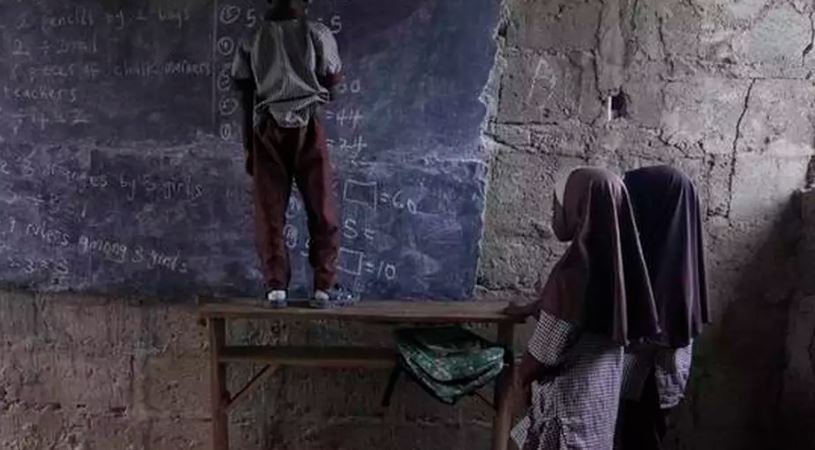Nigeria’s Power Predicament
In Nigeria, the lack of reliable electricity has become a daily struggle for millions. Many schools, businesses, and households remain disconnected from the national grid, while those connected often endure erratic power supply. This energy deficit severely hinders economic growth and quality of life, particularly in rural areas like Olodo Okin, where the absence of electricity limits educational opportunities and digital access.
A Solar-Powered Future?
Nigeria’s abundant sunshine offers a promising solution to its energy woes. The country has the potential to generate far more electricity than it needs from solar power. However, numerous grid-scale solar projects remain stalled, leaving this potential untapped.
Financial Hurdles Hinder Progress
The primary obstacle to solar energy development in Nigeria is the high cost of financing. Interest rates for borrowing can reach a staggering 15%, significantly higher than in developed countries and China. This disparity makes it more expensive for solar companies to operate in Nigeria, deterring investors and hindering progress.
Unfavorable Tariffs and Mounting Debt
Compounding the problem is Nigeria’s failure to set cost-reflective tariffs. The price consumers pay for electricity falls short of the cost of production and distribution, leaving distribution companies unable to pay producers. This reliance on government intervention further discourages lenders from investing in the solar sector. The industry’s debt to the government has ballooned to 3.7 trillion Naira, exacerbating the financial strain.
The Aftermath of Petroleum Subsidy Removal
The recent removal of petroleum subsidies has further burdened households, schools, hospitals, and businesses, as the cost of fuel for backup generators has soared. This additional financial burden, coupled with the lack of reliable electricity, creates a significant impediment to economic and social development.
Overcoming Obstacles to a Brighter Future
Addressing Nigeria’s energy crisis requires a multi-faceted approach. Lowering interest rates for solar projects, establishing cost-reflective tariffs, and resolving the industry’s debt are crucial steps towards unlocking the country’s solar potential. By doing so, Nigeria can pave the way for a more sustainable and prosperous future, powered by its abundant sunshine.
Key Takeaways:
| Key Learning Points |
|---|
| Nigeria’s energy crisis is hindering development. |
| Solar energy offers a viable solution. |
| Financial barriers are stalling solar projects. |
| Cost-reflective tariffs and debt resolution are crucial. |
| The removal of petroleum subsidies adds to the burden. |
Soumya Smruti Sahoo is a seasoned journalist with extensive experience in both international and Indian news writing. With a sharp analytical mind and a dedication to uncovering the truth, Soumya has built a reputation for delivering in-depth, well-researched articles that provide readers with a clear understanding of complex global and domestic issues. Her work reflects a deep commitment to journalistic integrity, making her a trusted source for accurate and insightful news coverage.



